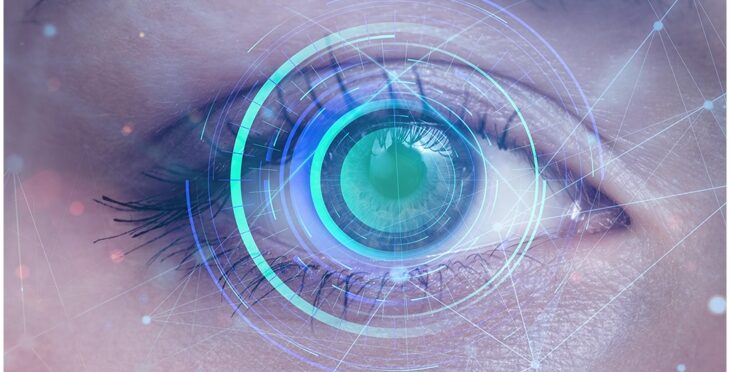The Role of Advanced Diagnostic Devices in Identifying Eye Disorders
In the world of ophthalmology, the usage of innovative analysis tools has actually transformed the early recognition and management of numerous eye conditions. From discovering subtle adjustments in the optic nerve to checking the progression of retinal diseases, these modern technologies play a critical duty in improving the precision and effectiveness of detecting eye conditions. As the demand for precise and timely medical diagnoses remains to grow, the assimilation of advanced tools like optical comprehensibility tomography and aesthetic field screening has actually ended up being important in the world of eye care. The complex interaction between innovation and ocular methods not just sheds light on complex pathologies yet also opens doors to customized treatment techniques.
Significance of Very Early Medical Diagnosis
Very early medical diagnosis plays a crucial duty in the reliable management and therapy of eye disorders. Timely identification of eye problems is crucial as it permits timely intervention, potentially avoiding additional progression of the illness and lessening lasting difficulties. By identifying eye problems at a very early phase, doctor can offer appropriate treatment strategies customized to the specific condition, inevitably bring about much better outcomes for clients. Early diagnosis makes it possible for individuals to gain access to needed assistance solutions and resources earlier, enhancing their general quality of life.

Modern Technology for Discovering Glaucoma
Advanced diagnostic technologies play an essential role in the early discovery and surveillance of glaucoma, a leading reason of permanent blindness worldwide. Another advanced device is visual area screening, which maps the level of sensitivity of an individual's visual field, aiding to identify any kind of areas of vision loss quality of glaucoma. These advanced analysis devices allow ophthalmologists to detect glaucoma in its very early stages, permitting for prompt intervention and better management of the illness to avoid vision loss.
Role of Optical Comprehensibility Tomography

OCT's capability to evaluate retinal nerve fiber layer density allows for precise and objective dimensions, aiding in the very early discovery of glaucoma even before visual field issues come to be apparent. In general, OCT plays a critical role in enhancing the diagnostic accuracy and administration of glaucoma, inevitably adding More Info to far better end results for people at risk of vision loss.
Enhancing Diagnosis With Visual Field Testing
A necessary component in detailed ophthalmic examinations, aesthetic field screening plays a crucial duty in boosting the diagnostic procedure for different eye conditions. By examining the full degree of a client's aesthetic area, this test supplies vital details webpage concerning the useful stability of the entire visual pathway, from the retina to the aesthetic cortex.
Aesthetic field testing is particularly valuable in the diagnosis and monitoring of problems such as glaucoma, optic nerve conditions, and various neurological diseases that can influence vision. Via quantitative measurements of outer and main vision, clinicians can spot subtle adjustments that might indicate the presence or development of these conditions, even prior to visible symptoms take place.
Moreover, visual area screening permits the surveillance of treatment efficacy, aiding ophthalmologists customize healing treatments to individual clients. eyecare near me. By tracking changes in aesthetic field efficiency in time, doctor can make informed choices about readjusting medicines, advising surgical treatments, or executing various other appropriate actions to preserve or boost a patient's aesthetic feature
Handling Macular Deterioration
Verdict
Finally, progressed analysis devices play a crucial function in identifying eye disorders beforehand. Technologies such as Optical Comprehensibility Tomography and aesthetic area screening have actually considerably enhanced the accuracy and effectiveness of diagnosing conditions like glaucoma and macular deterioration. Early discovery enables timely intervention and management of these problems, inevitably causing much better outcomes for patients. It is important for healthcare professionals to remain updated on these advancements to provide the ideal feasible go to my blog look after their patients. eyecare near me.